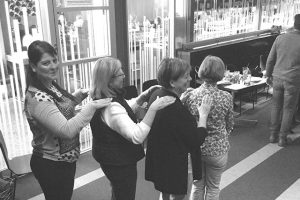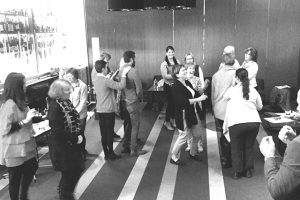Leading in the Early Years


Leading in the Early Years -A Professional Learning Community-May 2017
Greg worked with the Directors across the Felixstow 1 portfolio with the concept of leading pedagogical change.
Some key points were:
- Define what good quality teaching looks like in your site.
- Have clear and common expectations, goals and pedagogical beliefs to ensure quality teaching.
- Require clear culture and protocols in the way you work in your site.
- Resource strategically.
- The best learning often happens within your site, not off site, (it’s the workplace not the workshop).
- Know the ‘why’ of your work and action to lead it.
Change occurs in individuals, organizations and in societies. Change at any of these levels will necessitate change in others. It is an inevitable, ongoing process, which can result in growth and illustrates the ability of one to respond to their environment. It encourages educators to adapt, to be flexible, and to question ‘traditional’ or established practices, methods or ideas, in order to develop new knowledge & new ways of applying that knowledge. A ‘growth mindset’ model is needed to reflect on and transform our practice.
Tom Guskey talks of the crucial point is that it is ‘not the professional development per se, but the experience of successful implementation that changes teachers’ attitudes and beliefs.’ As educators see the impact of their professional development, it then shapes their attitudes and beliefs. Click here to read the full article: http://www.cobblearning.net/msgatesalp/files/2015/09/Guskey-2002-Professional-Development-and-Teacher-Change-1lzy0t0.pdf
One team building exercise was of one person leading one other and then leading a group of four in front of them with non-verbal messages. This exercise lead the group to reflect on the various ways that are needed to have all on board such as; clear expectations and messages, the power of collaboration, the possibility that one might not understand or interpret your directions and do what they ‘thought’ you were asking.
The Team Work Activity: Descriptor: Get into partners. One person closes their eyes. The other person leads the ‘blind’ person around the room with ‘taps’ on their right or left side to move left or right. You may consider other ‘taps’ to do other movements. Then get into a line group of 4 or 5 to have the ‘driver’ (site leader), at the back, move the whole team with taps that are relayed down the line to the person at the front. Reflect on the skills that were needed to do this work efficiently)

